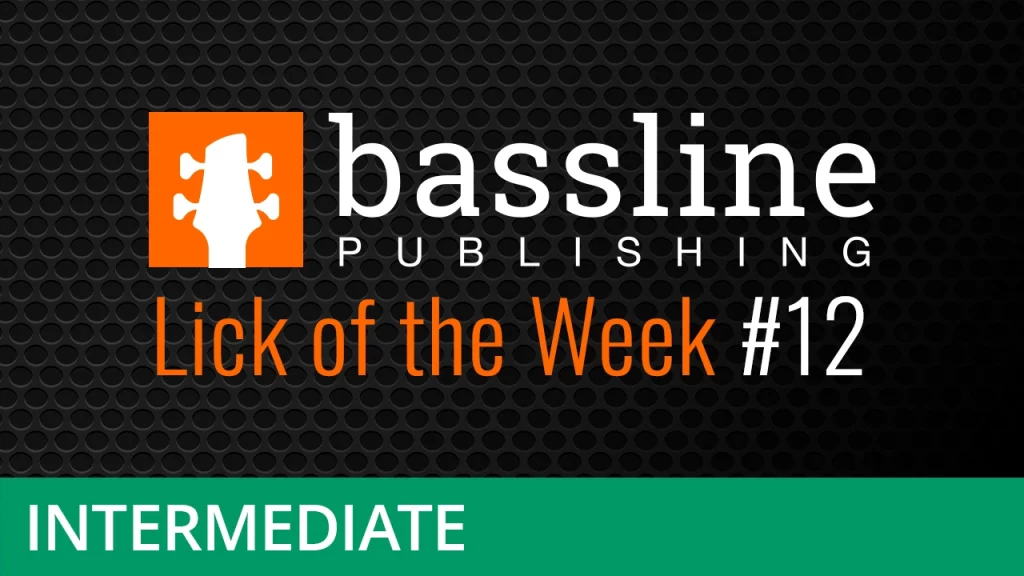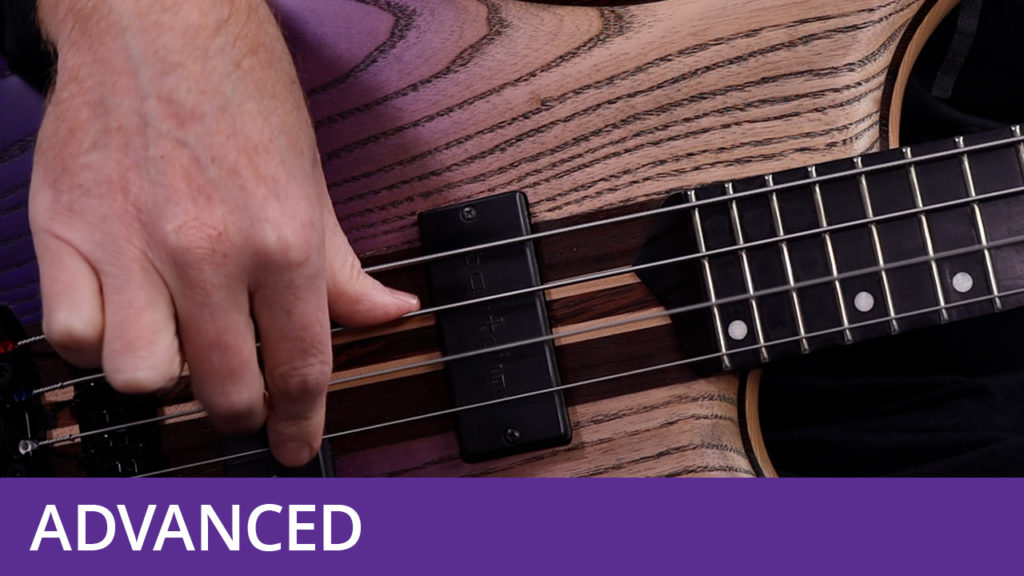Bass Lick of the Week #17
Course Duration: | Difficulty Level: 4
This exercise is a fingerstyle funk groove written in the style of legendary bassist Jaco Pastorius.
This line is based on an Eb7 sound and uses chord tones heavily - as all good basslines do. With that in mind, it’s a good idea to be familiar with the notes in this chord before working on the line itself: the chord contains Eb, G, Bb, Db. I recommend that you take a moment to familiarise yourself with the location of these notes on the fingerboard.
The line opens with a root-octave-root figure that is heavily syncopated. A ghost note played on the G-string then leads into the third beat of the bar, where two Db’s and two C’s are played. Note that the second Db pulls-off to the C - this is a commonly used idea in fingerstyle funk grooves and helps to smooth the transition between the notes here. It also reduces the number of notes that have to be played by your picking hand. The line then drops to a simple line built around Bb, the fifth of the chord.
The second bar is very similar to the first in terms of rhythm. The only difference is that the line on the third and fourth beats now moves from Gb to F, then down to the root note, Eb, and the seventh, Db. Note that the Gb is a non-chord tone: whilst this might seem an unusual choice, it works because it is a minor third above the root. You can always get away with playing minor thirds over major chords - particularly dominant chords - and it usually sounds great! Note that you cannot do the reverse.
In bar 4 a simple fill is played. After playing the root-octave-root figure, an open G-string is played to enable a position shift to a higher position on the neck. The line then ascends to the G at the twelfth fret via a double chromatic approach - G is the major third of the chord and is the target note here. This idea is then repeated on the D-string, with a double chromatic approach to Eb, the root.
I performed this line on a Fender Jazz Bass. I soloed the bridge pickup for a Jaco-like tone, and rolled the tone control back about half way. Doing the same on your bass should yield a very similar tone.
To download the backing track and PDF worksheet for this exercise, please visit the Free Stuff section of the website.




